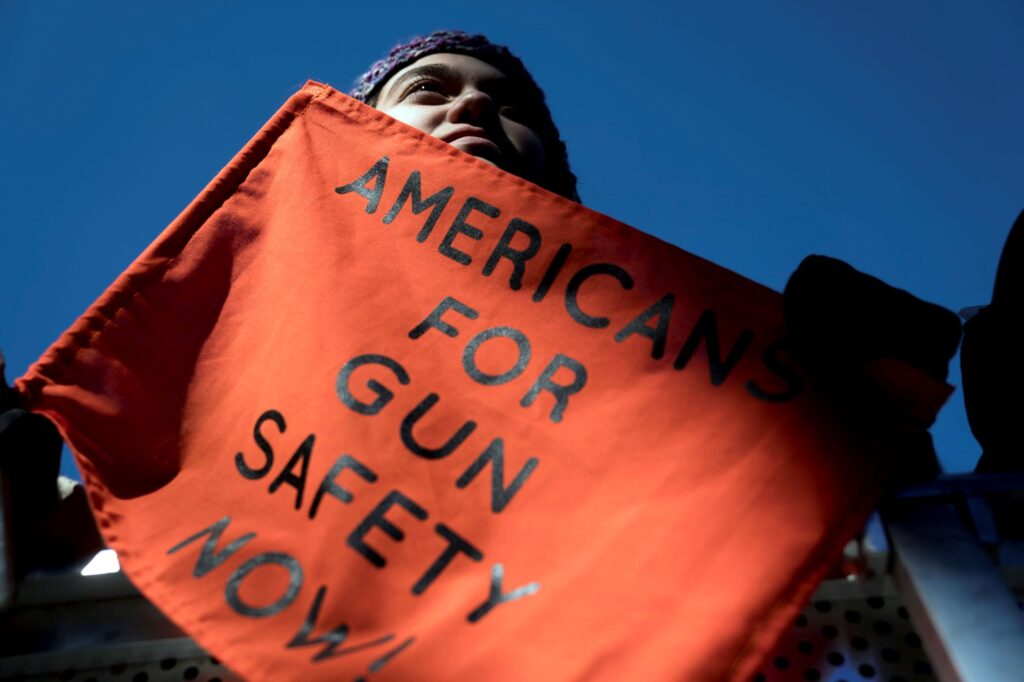After a year of the COVID-19 pandemic, normalcy seems to be returning. During COVID-19 and the quarantine period, crime rates decreased because people were just confined to their homes. But now that there is hope for the end of the pandemic, crime rates are increasing again. Unfortunately this return to crime also includes an increase in mass shootings.
While only a few months into 2021, gun violence across the U.S. is peaking. Gun Violence Archive shows that in the first four months of 2021, there have been 143 mass shootings alone. Other gun-related incidents are also rising. Deaths from murder, unintentional deaths, suicide and officer-related shootings or deaths, combined a total of 12,047 fatalities as of April 13, 2021.
Mass shootings are difficult to predict because of uncertainty of when and where a mass shooting may take place. Pew Research Center found that there is a trend in the U.S. of states that have a higher chance for gun violence. The states that rank highest for gun violence according to Pew Research Center include Alaska, Alabama, Montana, Louisiana, Missouri, Mississippi and Arkansas. States that have the lowest reports of gun violence are New Jersey, Connecticut, Rhode Island, New York, Massachusetts and Hawaii.
Despite the pandemic, 2020 also showed a rise in gun purchases around the U.S., largely attested to civil unrest and the uncertainties of economic turmoil. Brookings Institute found that 2020 showed the highest number of gun purchases since 2010. After former President Donald Trump declared COVID-19 a national emergency in March 2020, Brookings Institute found that gun sales skyrocketed. 700,000 new guns were purchased during March. Later in the year, gun sales would then again spike after the death of George Floyd and the conversation of police reform. Brookings found that June of 2020 held the highest number of firearm sales since 1998, over a million guns were sold, higher than the average for firearm sales for June in other years. With this, gun totals in the U.S. would equate to one firearm owned for every 20 Americans, according to Brookings.
Even with the increase in gun sales, compared to other years, 2020 had a large decrease in gun-related deaths, but a significant increase in mass shootings with over 610 mass shootings according to data from GVA, 193 more than from in 2019. Putting an end to gun violence has been on the political agenda for years, but political parties often disagree on what that will look like. In the current Biden-Harris administration, six key actions to reduce gun violence have been introduced in 2021, including investing in community prevention programs and nominating David Chapman as Director of the Bureau of Alcohol, Tobacco and Firearms, an agency devoted to creating gun laws within the Department of Justice. In March, the House passed two pieces of legislation that help to strengthen the current gun laws and create background checks for purchasing a gun. Both bills will move into the Senate later this year.
